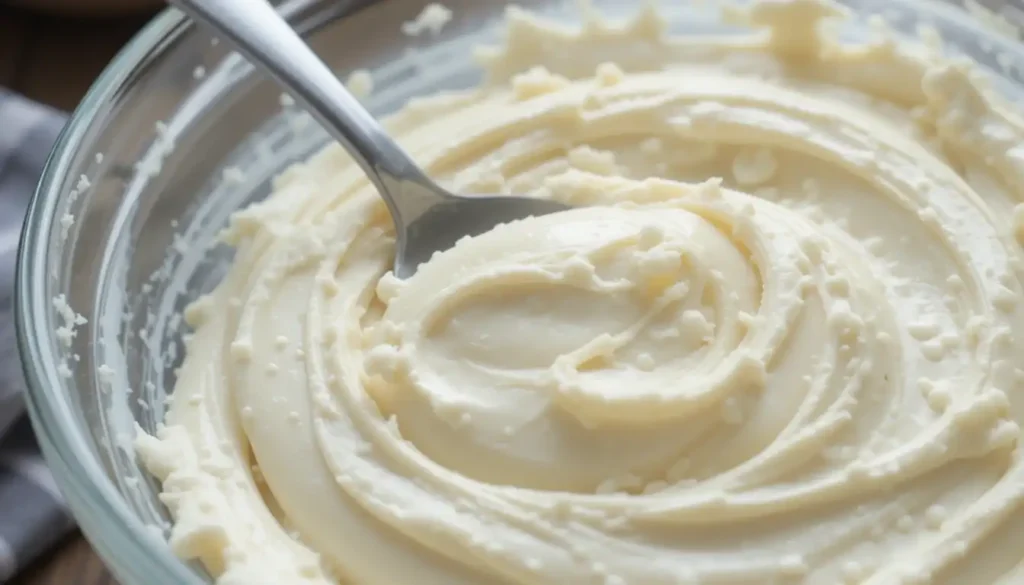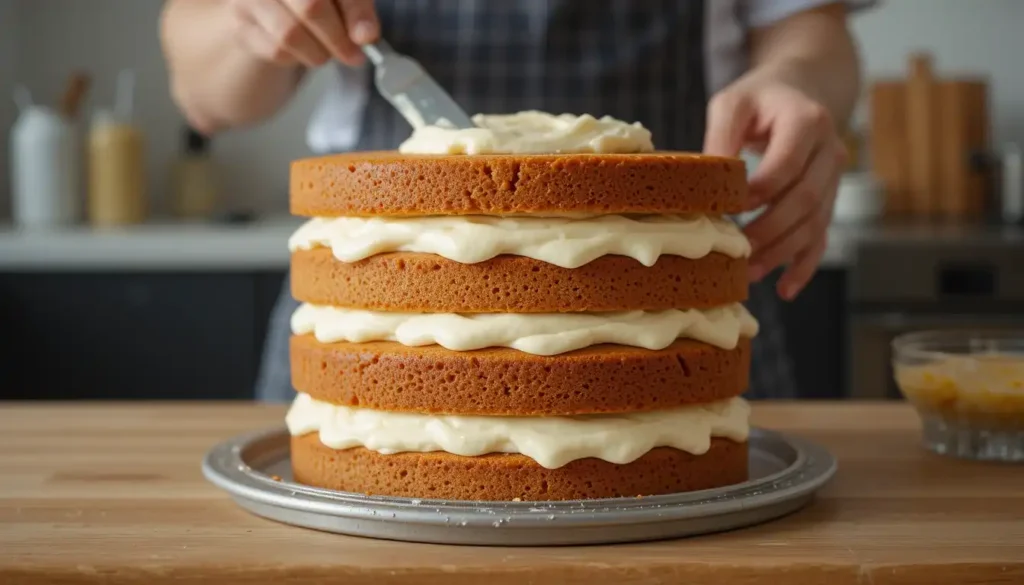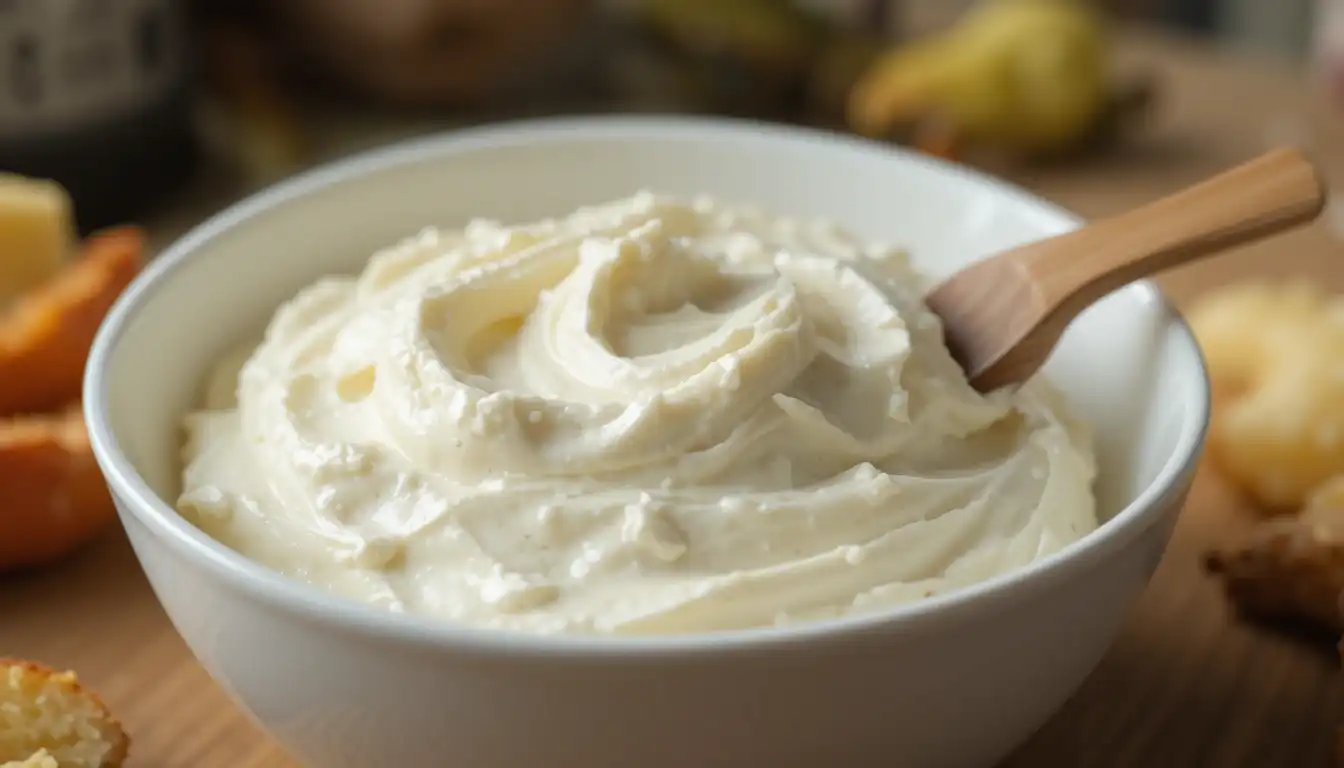What is Cream Cheese Filling?
Okay, so, before we get into the nitty-gritty, let’s talk about what a cream cheese filling actually is. In its simplest form, it’s a mixture of cream cheese, usually combined with sugar and some other tasty ingredients to make it spreadable or pipeable. However, it’s much more than just a basic mix. The beauty of this filling lies in its versatility; you can adjust it to be sweet, savory, or anything in between. It’s the unsung hero of many delicious desserts and baked goods, honestly! A good cream cheese filling isn’t overly sweet; it’s a nice balance of tangy and creamy, you know? It’s that perfect bit of oomph that takes a recipe from good to amazing. It can be the star of the show, or it can just play a supporting role, adding a layer of richness. Most of the time, people think of it in a cake, but there are so many options for this spreadable goodness.
The Essential Ingredients
Now, let’s talk about what goes into the perfect cream cheese filling. First, and most importantly, is the cream cheese. I usually reach for Philadelphia cream cheese for its reliable quality and smooth texture. However, there are other good options; it’s all about preference. Another key ingredient is sugar, which of course adds the sweetness, but also affects the texture. Granulated sugar works great, but powdered sugar can create a smoother filling. In my experience, a little bit of butter is key to getting a soft, creamy texture that’s not too stiff or too runny. A splash of vanilla extract is a must; it adds that cozy aroma and flavor I just can’t do without! Some recipes call for other things like lemon juice or even a pinch of salt to help balance everything, and in addition, it depends on what the cream cheese spread will be used for.
Achieving the Perfect Consistency in your Creamy Filling
Getting the right consistency is something that, I think, can really make or break your cream cheese filling. A filling that is too runny might ooze everywhere, and that’s never a good thing! On the other hand, a filling that’s too thick is hard to work with and doesn’t spread well. Usually, the biggest culprit for a runny filling is too much liquid or using cream cheese that’s not fully chilled. To avoid this, always make sure your ingredients, especially the cream cheese, are nice and cold. For a stiffer filling, you can try adding a bit more powdered sugar or even some cornstarch. Temperature is also super important; a filling that’s too warm can become too loose, so it’s important to keep your mix cool while working on it.
Basic Recipe for a Classic Cream Cheese Filling
Okay, time for my go-to recipe for a classic cream cheese filling. I’m keeping this one simple and you can easily adjust it to your liking. First, take 8 ounces of cold cream cheese and put it in a bowl with a stick of unsalted butter (also cold, always cold). Beat them together until smooth. Next, mix in about 1 1/2 cups of powdered sugar until it’s well combined. Finally, add in 1 teaspoon of vanilla extract (because why not!) and mix again until everything is perfectly smooth. Now, here’s a tip: if you think your cheese mixture is too thick, you can add a splash of milk or heavy cream until you reach the consistency you like. And voilà, you’ve got a delicious, basic cream cheese filling that’s ready to go! It’s so easy, and trust me, you’ll be making this all the time.

Flavor Variations
Now, while a classic cream cheese filling is great, you know, sometimes you want something a little extra. For a fruity twist, try mixing in a few tablespoons of your favorite jam or compote. Berry jams go really well! For chocolate lovers, some cocoa powder or melted chocolate can do the trick. I am obsessed with a chocolate swirl in the creamy filling—oh my gosh. And, if you’re feeling adventurous, add some chopped nuts for crunch or a citrus zest for a bit of zing. I love putting some lemon zest in my cream cheese spread – it just brightens everything up! For a savory take, I recommend some herbs like chives or dill for a different spin. Don’t be afraid to play around and customize it.
Troubleshooting Common Problems
Let’s face it—sometimes things don’t go as planned. One of the most common problems is ending up with a runny cheese filling. Don’t worry, it happens to everyone! The most usual culprit is warm ingredients so, always make sure your cream cheese is cold. I find that adding a tablespoon of cornstarch or a bit more powdered sugar is usually the trick for fixing this. Another common problem is lumps, and nobody likes that! To fix this, always make sure your cream cheese and butter are at the same temperature and mix them really well. Sometimes, if you have a grainy texture, try adding a tiny splash of milk or cream to help it come together. Honestly, a little patience is the most important thing—we all get these sometimes, no big deal.
Refrigeration and Storage
Now, let’s get to the important part of storing your cream cheese filling because this is something people ask me all the time! Generally, if your filling contains dairy and other perishables, you should always keep it in the fridge, and the same is true for any recipes that include cream cheese. For best results, store it in an airtight container to keep it from drying out. Your filling will usually stay good for about 3-4 days in the fridge if it’s prepared well. If your recipe has a lot of fresh fruit, you might want to eat it a little quicker because fresh fruits release water. If it seems runny when you take it out of the fridge, it may just need another quick mix to bring it all back together; cold things can separate, you know?
What to Pair with a Delicious Cream Cheese Filling
I think that cream cheese filling is so versatile that you can pair it with pretty much anything! Of course, there are the classics—like carrot cake or red velvet cake, and these are amazing pairings with any creamy filling. But, don’t feel limited! It’s so good on cupcakes, sandwiched between cookies, or even layered in a trifle. Outside of desserts, you can totally use it as a spread for bagels, crackers, or veggies. When I’m having a quick snack, I like to put some cheese spread on cucumber slices, that’s so refreshing! My point is, feel free to experiment because it’s a fantastic ingredient.

Cream Cheese Frosting vs. Cream Cheese Filling
I think it is good to mention the differences between cream cheese frosting and cream cheese filling. While they are very similar, they are not exactly the same. The main difference is the consistency; a frosting is usually thicker and has a higher ratio of sugar, while a filling tends to be softer and more spreadable. A cream cheese frosting recipe will have more powdered sugar to get it thick enough to pipe, and often a little bit of shortening for extra stability. A filling will usually have a little less sugar, and maybe some additional liquid to get it to that creamy texture. If you have some filling left over and you want to convert it to frosting, just add some powdered sugar and beat it until you reach the desired consistency. Easy peasy, right?
Alternatives to Cream Cheese
Now, what if you don’t have cream cheese? No problem at all! There are some substitutions out there, especially for people who don’t consume dairy. For a dairy-free option, try using a vegan cream cheese alternative or even a mixture of soaked cashews blended with some lemon juice. If you don’t have access to those options, you can use mascarpone cheese for similar results, or even Greek yogurt if you are looking for something lighter. However, it will have a more tangy taste. Remember though, that these substitutes may affect the taste and texture, but they will make good creamy fillings. You should always feel free to try different things!
Advanced Techniques for Professional Cream Cheese Filling
Sometimes, you want your cheese filling to be extra sturdy, especially when you are making something that needs to be piped, like a layered cake. One way to do it is to add a stabilizer, like a bit of gelatin. Another trick is to add some meringue powder or cream of tartar. I personally love using gelatin when I need my filling to be solid. Remember to add it to some warm liquid before putting it in the cheese mix. Professional pastry chefs also recommend adding a touch of lemon juice, as this will improve the texture. It’s all about playing around with different methods to find what works best for you.
Creative Presentation of your Cream Cheese based Dessert
The way your dessert looks is just as important as how it tastes. For example, when I am using cream cheese filling for a cake, I make sure the layers are even and the filling goes right up to the edge. Also, I make sure it looks neat so the cake has a clean finish. You can use piping bags for beautiful designs, and some sprinkles always make a dish look extra fun! When serving your dessert, make sure you have nice serving dishes and some small garnish, this makes the whole dessert look even better. Just remember, you eat first with your eyes!
Conclusion
So, that’s it! I’ve shared everything I know about making the perfect cream cheese filling. From a simple mixture to flavor variations, and even the best ways to make sure you have no issues when making it. The key thing to remember is to always use cold ingredients, to be patient with the mixing process, and you can totally adjust the filling to fit your taste. I think that the most important thing here is to practice, experiment, and don’t be afraid to try new things! Cream cheese filling is such a versatile ingredient, so just have fun with it! And, please tell me in the comments how you use cream cheese spread!
FAQs
What is in Philadelphia cream cheese filling?
The most basic cream cheese filling, like the one we discussed, usually contains cream cheese, sugar, butter, and vanilla extract. This can be modified based on what you want to make, however.
How to firm up cream cheese filling?
To make a cream cheese filling firmer, try adding powdered sugar or a tablespoon of cornstarch. You could also add some melted gelatin. I always go with the powdered sugar when possible.
Do cakes with cream cheese filling need to be refrigerated?
Yes, any cake with cream cheese filling should always be refrigerated. This is especially important if your filling also contains perishable ingredients like eggs or dairy.
What can I put cream cheese spread on besides bagels?
There’s a lot of things that go great with cream cheese spread! It’s great on crackers, vegetables, in sandwiches, or even as a topping for pancakes or waffles, and also any dessert. It really is so versatile.

